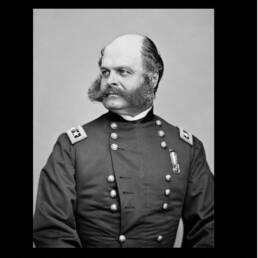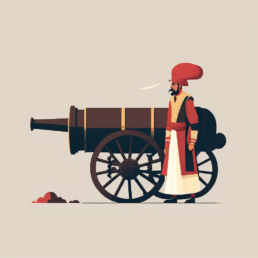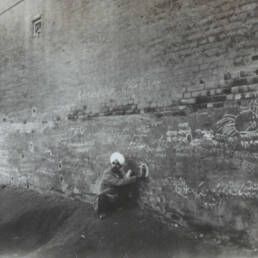India’s WWII Flying Hero
- History
- Culture
The Battle of Falais Pocket was a decisive battle in WWII Normandy campaign that swung the tide in favor of the Allies. A key contributor to the Allies’ success was the recon done by an Indian flying Ace.
In 1932, a strapping young lad from Calcutta – 6 feet plus in height and equally well built – walked through the doors at RAF College, Cramwell. His name was Karun Krishna Majumdar but he was better known as “Jumbo” – an apt nickname given his physique.
A year later, Jumbo Majumdar returned to India and joined the RIAF’s Squadron no. 1 as a Flying Officer. By middle of 1941, Majumdar had been promoted to Squadron Leader and was appointed as Squadron commander at Miranshah.
War came calling in 1942 as Imperial Japan invaded British-held Burma. No. 1 squadron was ordered to mobilize and reached Taungoo on 31st Jan, 1942. The very next day, Japanese bombers struck Taungoo but Majumdar’s squadron escaped damage as they had hidden their aircrafts in the adjoining forests.
Jumbo Majumdar was itching for payback. On 2nd Feb, he flew out on a solo mission, escorted by a couple of Buffalo fighters from New Zealand. Majumdar’s squadron flew the Lysander – an army co-op aircraft not meant for use in an attack capacity.
Use of the Lysander for bombing was unheard of. But undeterred, Majumdar flew out, two 250 lb bombs strapped on each wing. At considerable personal risk, he flew low and unleashed his ”package” at the Japanese base of Mae Hong Son.
The next day, he led a full squadron sortie causing further damage to the Japanese. Till their withdrawal to India, No. 1 Squadron performed admirably in the Burma campaign for the loss of just 2 men – they were commended by General Wavell for their performance.
As CO, Jumbo Majumdar received the Distinguished Flying Cross (DFC) – the 1st Indian RIAF pilot to receive this honor. Although the Squadron moved back to India, Majumdar stayed on to undertake recon flights over Thailand. This exposure would hold him good stead in the future.
On one occasion, he was shot down over the dense and dangerous Shan jungle. Majumdar survived four days in the forests till he was rescued by Shan tribesmen.
By 1944, Majumdar, stationed in India, was aching for a fight. He was now a Wing Commander in the RIAF – the 1st Indian to hold this rank. He volunteered to join the European campaign and even relinquished his rank – reverting down to Squadron Leader.
Arriving in England in Mar, 1944 – Majumdar was attached to RAF Squadron 268 in a recon role. From June to Sep, he flew 65 operational sorties in 100 days over German-occupied France. During these sorties, he captured valuable images of the bridges over Seine and the Falais Gap.
Majumdar’s recon work formed a bulwark of the Allied operation in Normandy and played a key role in the success at Falais Pocket. He was even shot down once by AA gun fire but managed to survive. For his outstanding work, Jumbo was awarded a Bar to his DFC.
In late 1944, Jumbo Majumdar returned to India and was assigned to the Air Display unit – carrying out display flights – a rather low position for a decorated officer like him. But the man who loved challenges flying jumped at it with no hesitation.
On Feb 17th, 1945, he was performing a stunt at Walton airbase near Lahore. The Hawker he was to fly in was known to be faulty and he was warned off by the flight crew. Despite this, Majumdar took off for his stunt. Mid-flight, the craft developed a snag and crashed into the ground.
Jumbo Majumdar, unconquered by Japanese and German guns, died on the spot. He was 31. He was buried at the graveyard at Lahore. The poignant epitaph on his grave reads “Go, passers-by And do if you can as he did A Man’s part In defence of liberty”
Source(s):
https://web.archive.org/web/20160130101621/http://asianaffairs.in/december2014/an-asian-hero.html
http://www.bharat-rakshak.com/IAF/awards/ww2/318-dfc.html#gsc.tab=0




